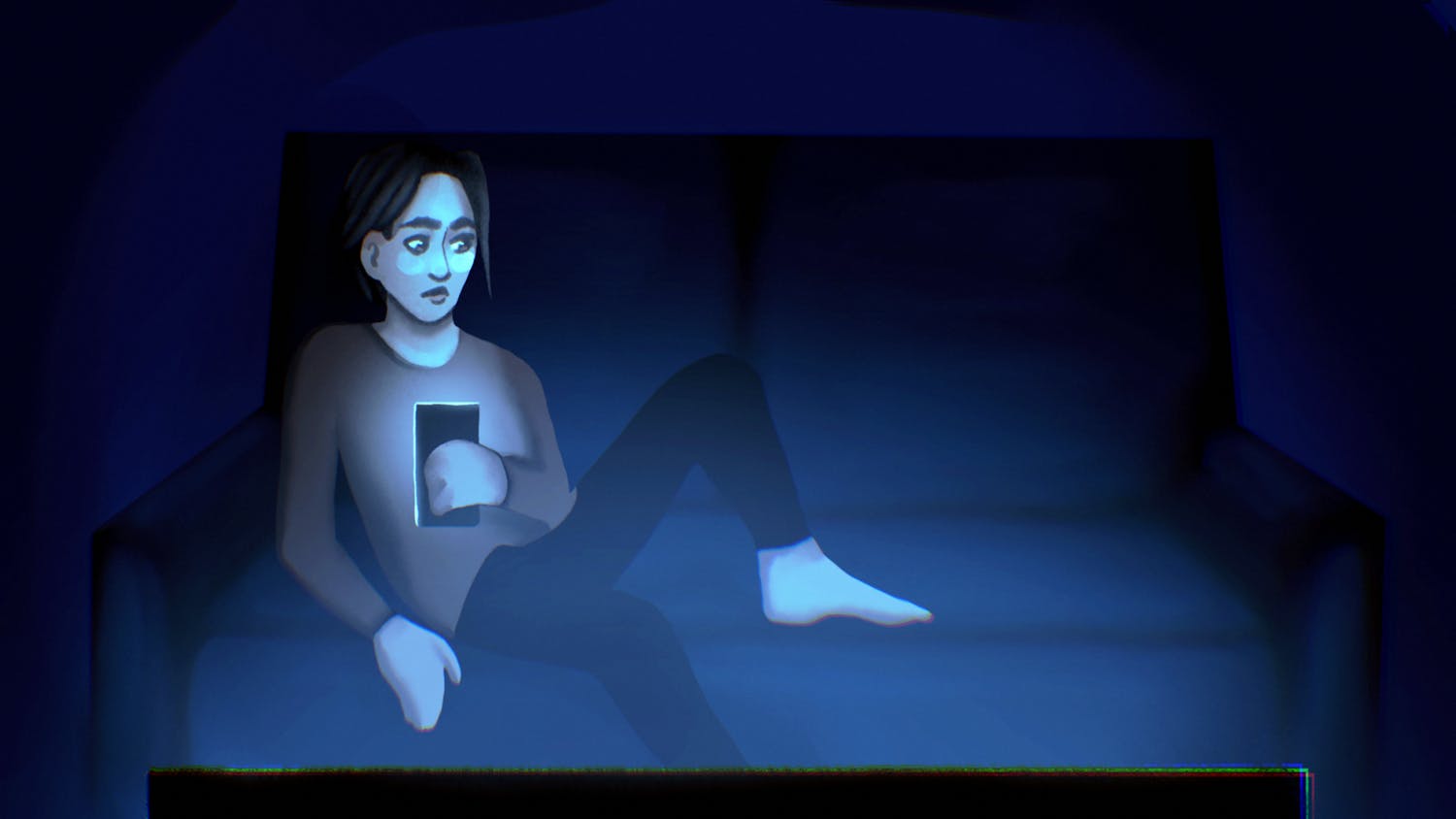Rummaging through my DVD collection to pick out the best films of the past decade, a few heavy-hitters become apparent. "Saving Private Ryan," "Magnolia," "Eyes Wide Shut" and "The Thin Red Line" come immediately to mind, but besting all comers is the Coen brothers' black comic masterpiece "Fargo." Supposedly based on actual events, "Fargo" is nothing if not surreal, yet it anchors itself among the mundane world of the Midwest, showing how murder and greed can corrupt even the most genial locales.\nThe plot is deceptively simple. Mild-mannered car salesman Jerry Lundegaard (William H. Macy), in dire financial straits, opts to have his wife kidnapped by hired thugs. They believe the ransom is $80,000, while Jerry tells his rich father-in-law Wade Gustafson (Harve Presnell), who will be paying the sum, that the total demanded is far more. Jerry plans to pocket the remainder after giving the thugs their share. Once the first of many bodies piles up, none of this matters.\nSteve Buscemi and Peter Stormare play Carl Showalter and Gaear Grimsrud with a criminal-mindedness that rivals Travolta and Jackson in "Pulp Fiction." While not nearly as likable as that pair, the duo play perfect foils; Carl, a high-strung, loquacious opportunist, and Gaear a calm, silent murderer. Our hero, though, shows up half an hour into the film with morning sickness. Marge Gunderson, a local police chief investigating a few mysterious murders, exudes a totally sincere Minnesotan charm that led Frances McDormand to an Oscar for Best Actress.\nThere are several sequences in "Fargo" with an impact that ranks among the best of modern cinema. The kidnapping of Mrs. Lundegaard is dark comic gold, and Marge's meeting and subsequent revelation involving an old high school friend are positively queasy. Carl's demise via axe and wood chipper, as well as unanswered questions concerning the eventual fate of Wade's body and the Lundegaards' son Scotty, are gut-twisting. Carter Burwell's modestly epic orchestral score and the snowy cinematography by Roger Deakins complement most scenes unforgettably.\nDespite its dark subject matter, "Fargo" has a huge heart by way of Marge and her husband, Norm. During Marge's final exchange with Gaear, she postulates, "There's more to life than a little money, ya know. Doncha know that? And here ya are. And it's a beautiful day." None of the bad guys know that. Jerry, Carl and Gaear are metaphors for a world consumed by its own passive-aggressiveness, and Marge is the ever-elusive panacea. "Fargo" will stand the test of time as an iconic example of when black comedy, social commentary, a pitch-perfect casting job and screenplay all come together.
Horror in the heartland
Get stories like this in your inbox
Subscribe





